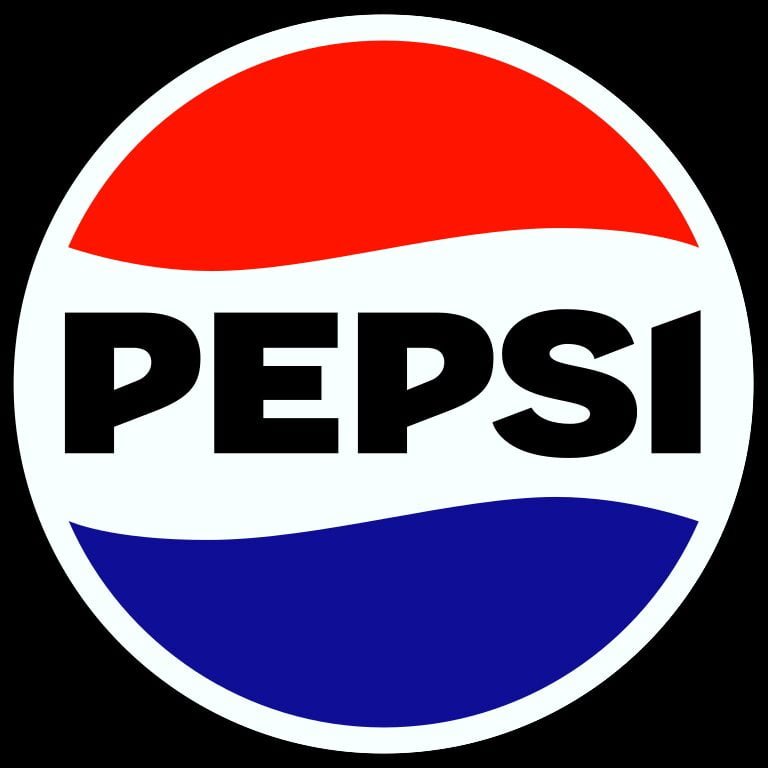The Tragic Fallout of Pepsi Number Fever Game: A Marketing Campaign Gone Awry
The Pepsi Number Fever campaign is a poignant chapter in marketing history, serving as a stark reminder of the unanticipated outcomes that can stem from what initially appears to be an innocent promotion. It underscores the importance of thorough planning and consideration for potential ramifications, even in seemingly straightforward marketing initiatives. The events surrounding Number Fever illuminate the need for companies to carefully weigh the potential risks and benefits of their promotional endeavors, ensuring that they contribute positively to their brand image and, most importantly, the well-being of their consumers.
Intense Rivalry: Pepsi’s Determined Bid to Challenge Coca-Cola
In the fervent battle for supremacy in the soft drink industry during the 1990s, Pepsi spared no expense in its efforts to outshine arch-rival Coca-Cola. One of the most ambitious initiatives they undertook was the launch of the “Number Fever” campaign, a marketing strategy with unprecedented reach and scope.
How Number Fever Worked
Number Fever was not just a marketing campaign. Pepsi Number Fever was like a game. When you opened a Pepsi, there was a special code under the cap. It had a number and a prize. This game was supposed to be fun, but it went very wrong.
On May 25, 1991, the winning number was announced: 349. That evening, two grand prizes were supposed to be won. However, due to a computer error that went unnoticed, 600,000 capsules are stamped with the magic 349, with lots varying from a few hundred to the coveted million pesos.
The next morning, hundreds of people who had come to claim their winnings were at the gates of the Pepsi factory in Quezon City, where the police and the army were deployed. A few days later, the soda manufacturer admitted its mistake and agreed, as a “gesture of goodwill,” to pay 500 pesos to anyone with a 349 capsule. The company believes it can get away with losing 6 million dollars. Except that this measure did not satisfy the winners who organized demonstrations.
Coke Ads With Pigeons | Coca-Cola’s Creative Advertisement | Street Marketing
Incidents of Pepsi Number Fever
In 1992, on May 25th, a TV show called TV Patrol said the special number for Pepsi’s contest was 349. This number was super important because it meant you could win a really big prize. Pepsi made sure these special caps were very safe.
But, there was a big problem due to a computer error that went unnoticed, they made a mistake and printed 800,000 caps with the number 349, but they forgot to put the special code on them. This was a big mistake and these caps together were worth a whole lot of money, around 32 billion dollars!
The next morning, lots of people hurried to Pepsi factories to get their prizes. Pepsi said they couldn’t give prizes for the caps without the special code. This made a lot of people very sad and confused. The next day, newspapers said the special number was actually 134. This made things even more confusing!
Pepsi had to do something really fast. They had an important meeting in the middle of the night. They decided to give 500 pesos (about $18) to people who had the caps with the wrong number as a way to say sorry. Almost half a million people took this offer. Pepsi had to pay a lot of money for this, nearly $9 million! It was a very expensive mistake.
The Sad Result: People Got Hurt
A mistake at a bottling factory created 800,000 winners, causing lawsuits, chaos, and tragic incidents. What was meant to be a fun game turned into a dreadful event. The excitement over winning prizes became so intense that, sadly, some people lost their lives. It was a very sorrowful situation.
What Happened Afterwards
After the Number Fever mix-up, Pepsi faced big problems. They had to deal with legal issues, and people were very upset. This whole event made everyone realize how crucial it is to be careful when planning big marketing campaigns.
Demonstrations
In the days and months that followed, demonstrations turned into riots throughout the country. A bomb thrown at a truck kills a passerby and her 5-year-old daughter. A grenade thrown into a factory kills three employees. In total, the competition will have resulted in five victims.The Philippine police then suspected Pepsi of having paid agitators responsible for encouraging violence, in order to discredit the protesters and the multinational completely denied all accusations against it.
Lawsuits
Around 22,000 people took Pepsi to court. There were about 689 civil cases and 5,200 criminal complaints, all about fraud and deception. In January of 1993, Pepsi had to pay a fine of 150,000 pesos to the Department of Trade and Industry for breaking the rules of the promotion. Later, in June of 1996, a trial court decided to give 10,000 pesos (which is about US$380) to each person involved in one of the lawsuits.
Then, three unhappy people appealed the decision. On July 3, 2001, the higher court gave these three people 30,000 pesos (about US$570) each, and they also got their lawyers’ fees covered. The company, PCPPI, didn’t agree with this decision, so the case went to the Philippines Supreme Court. In 2006, the Supreme Court said that “PCPPI doesn’t have to pay the amounts printed on the caps to the people who have them. And PCPPI also isn’t responsible for any damages because of this.” They said that “the issues about the 349 incident are finished and shouldn’t be brought up again in this decision.”
Lessons Learned: Learning from Mistakes
The Number Fever story teaches us that companies need to be very careful when they try to beat their competition. They should always think about the safety and happiness of their customers.
Legacy and Cautionary Tale: Number Fever’s Place in Marketing History
Even today, people remember the Number Fever campaign. It’s a story that shows how things can go very wrong when companies care too much about making money and forget about the people who buy their products. The event is featured in the 2022 Netflix documentary “Pepsi, Where’s My Jet?” It serves as an example in the Leonard v. Pepsico, Inc. legal case in the United States. This case also dealt with claims of misleading advertising by Pepsi.
Please note: This article is a factual account based on historical events. It’s important to approach marketing campaigns with sensitivity and prioritize consumer well-being over competitive gains.
Sources: PinterPandai, Bloomberg, Esquire Philippines
Photo credit (main picture): ™/®PepsiCo, Inc., Public domain, via Wikimedia Commons
Photo description: the current Pepsi globe revealed in March 2023; launched officially on August 23rd of that year.



